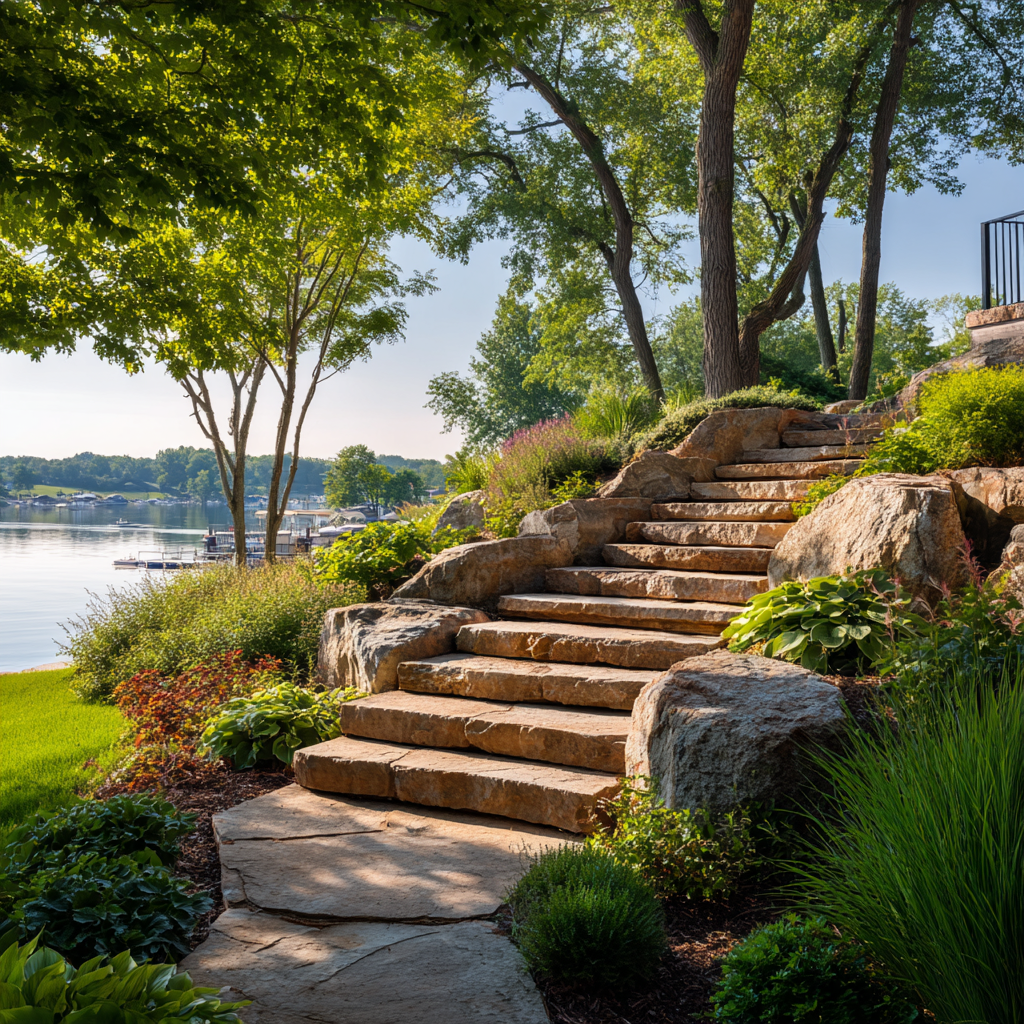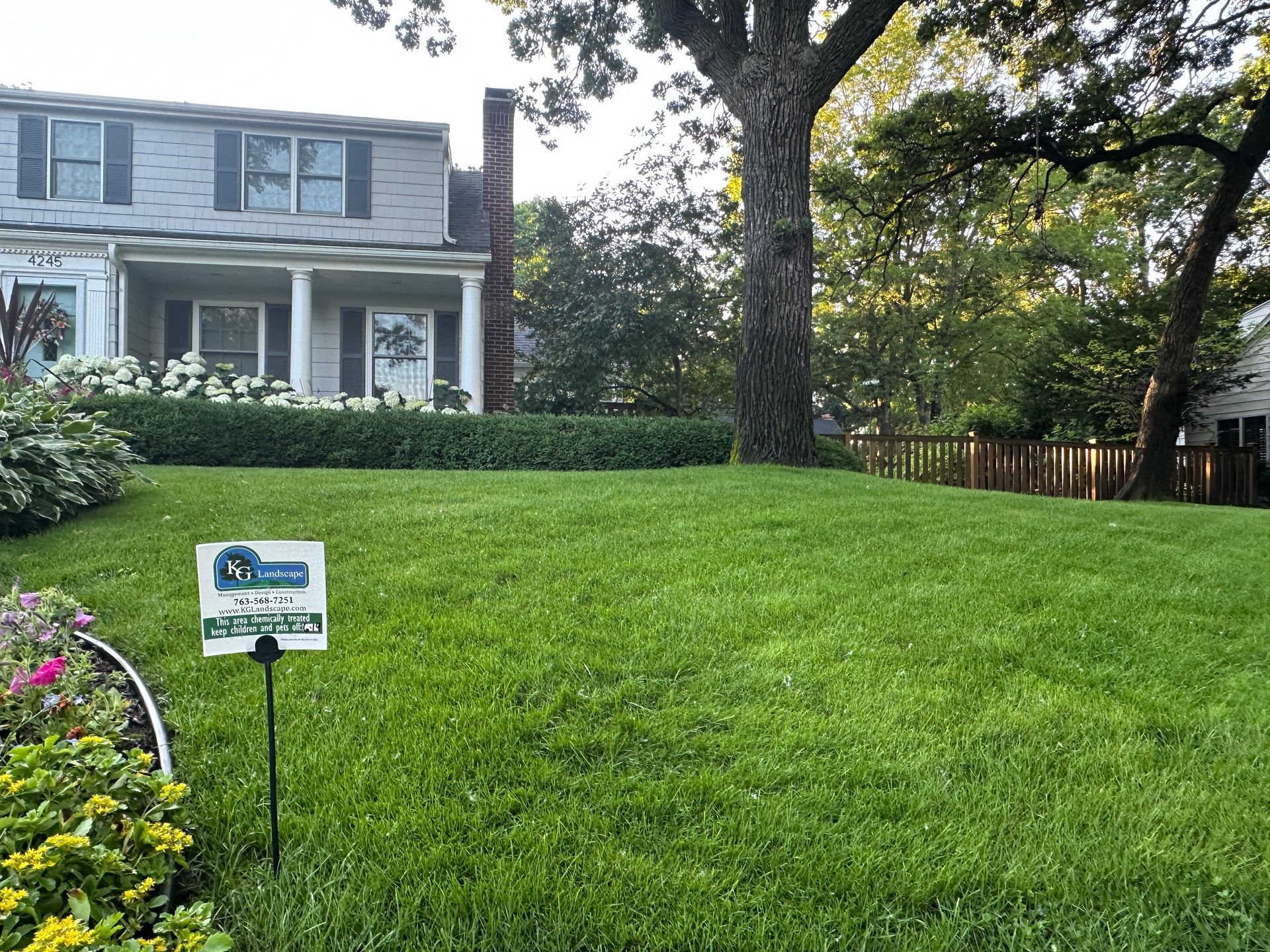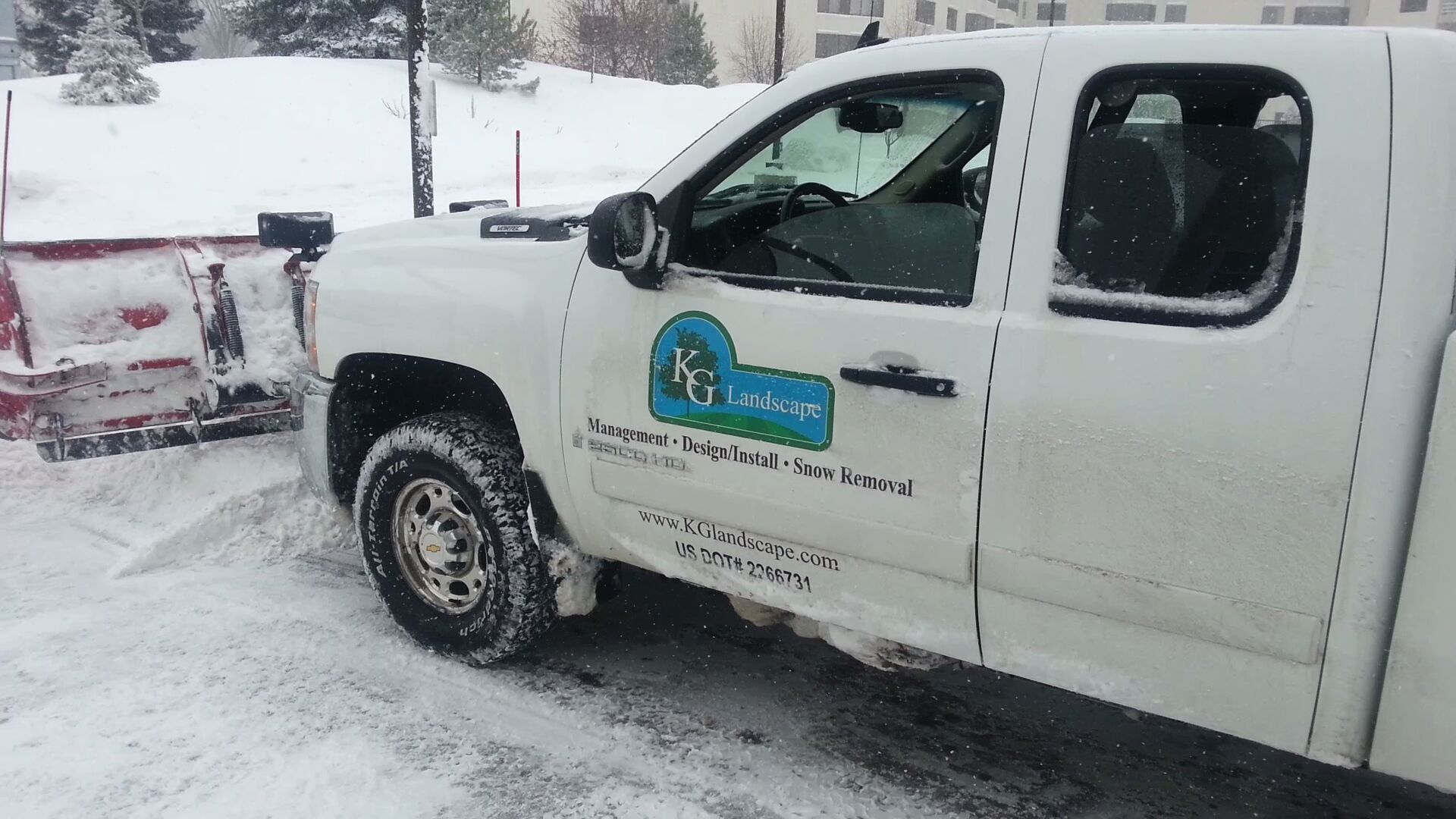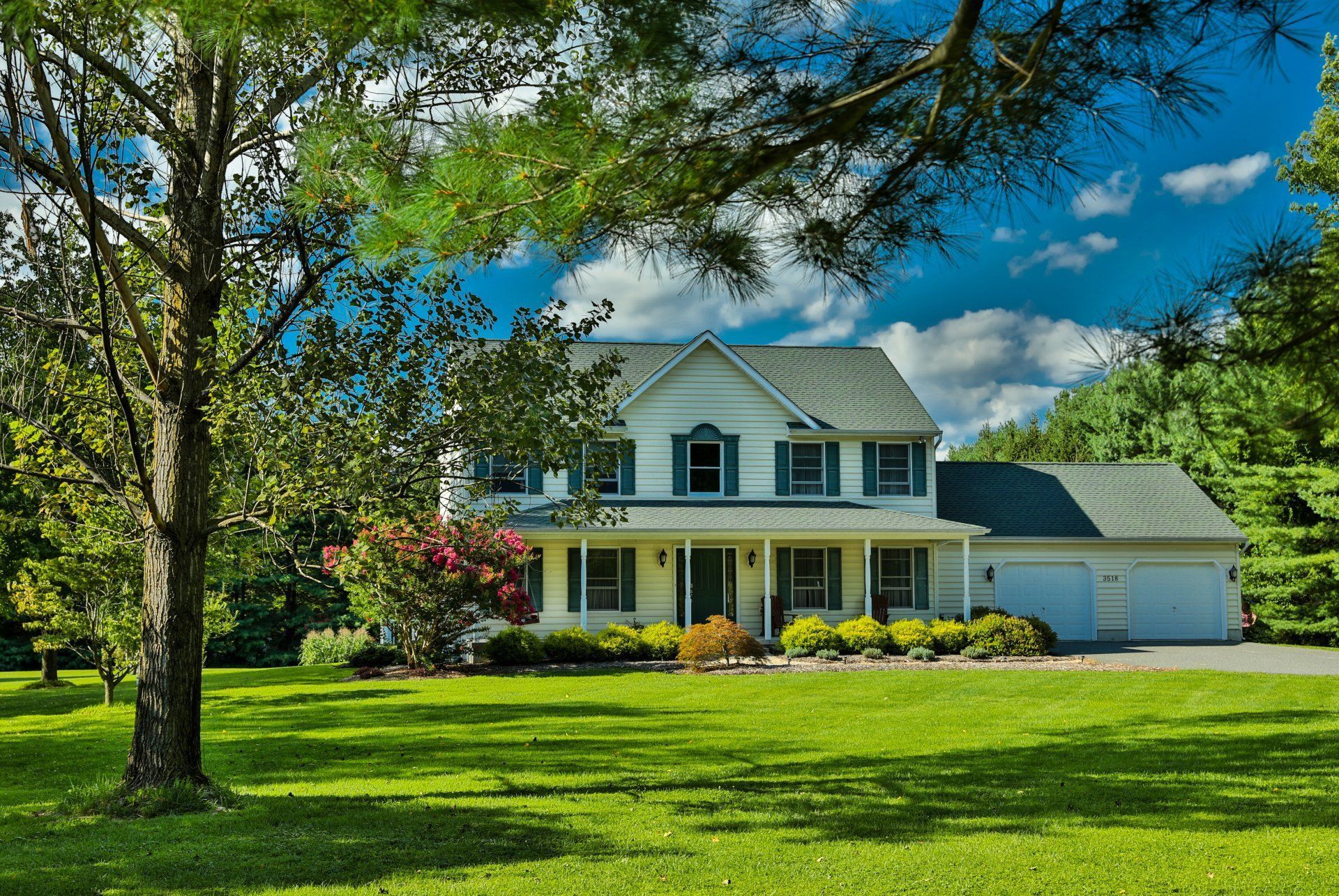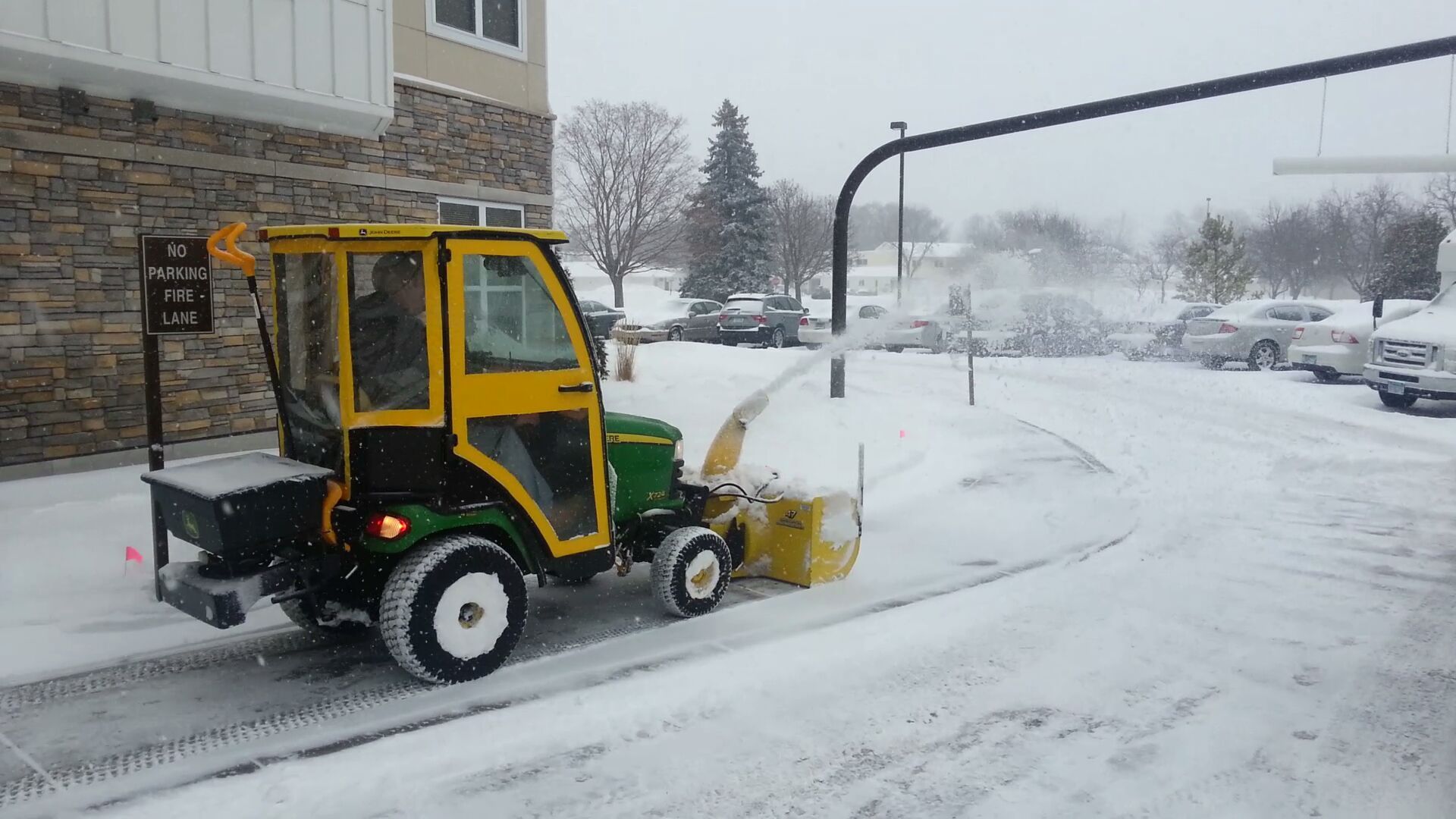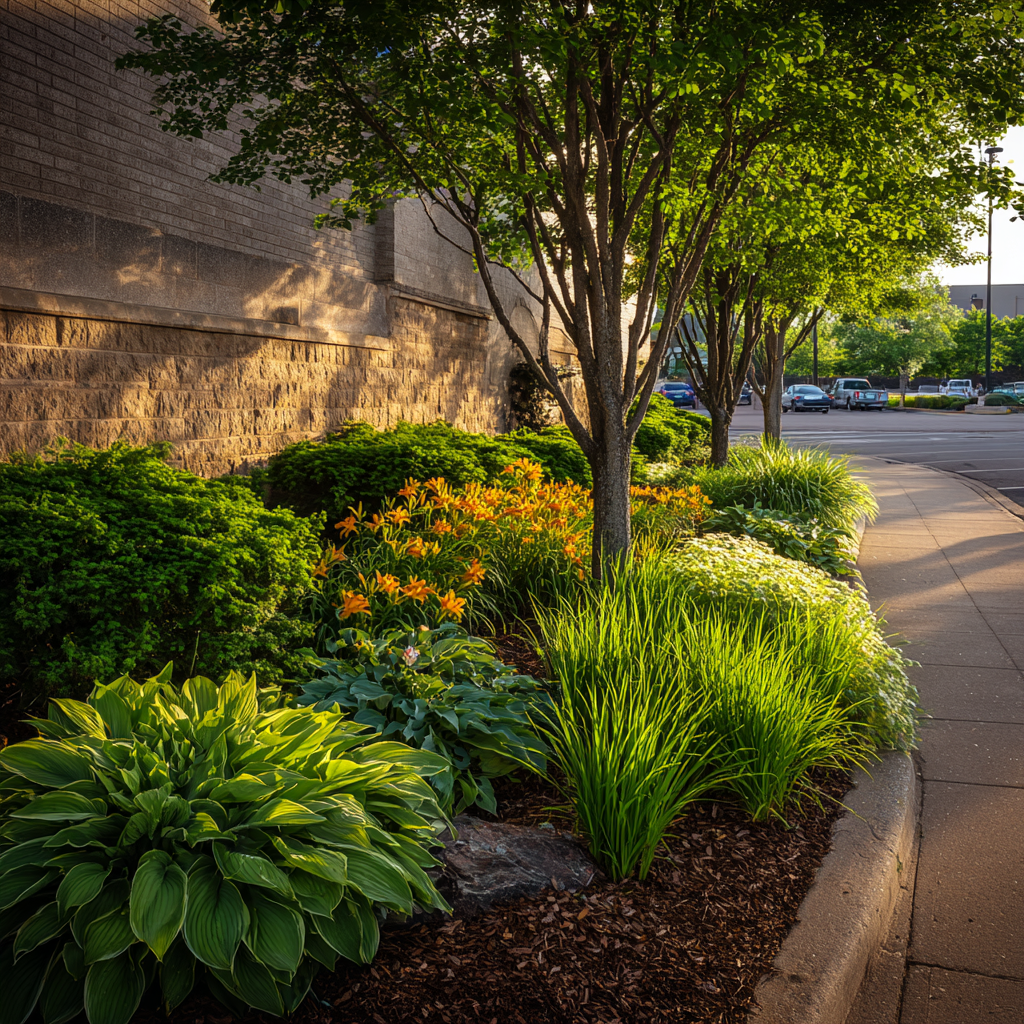The Colonial home is a classic in the United States. This style’s tradition dates back over 400 years and is considered one of the most popular styles in the country according to
Better Homes and Gardens
. Evolving this influence from our European forefathers, we continue to utilize the unique geometry and functionality of these homes today.
With this favored style, there is a lot of opportunity for incredible landscaping — playing off a timeless classic and giving your home life of its own. But before we dive into giving your home the curb appeal it deserves, let’s learn a bit more about this distinct home so that we can better understand how to spruce it up.
Colonial Style History
Following The Great Fire of London, architects were scrambling to rebuild the once bustling cityscape. The geometric styles we associate with the Colonial style today can be traced back to architects like
Christopher Wren or Robert Adam
— who took influence from Roman and Greek ruins to rebuild London.
In North America, Colonial-style homes were first built on the east coast, starting out as two-story homes with one room on each floor. Over time, they grew into the four-over-four style of today — where there are four rooms on each floor.
Characteristics
Symmetric geometry is typically associated with traditional Colonial architecture. This uniform feel and appeal are reflected by many features of this type of home.
There are many typical characteristics of this style of home, but over time the evolution of this architecture has brought many distinctions to certain regions and provided growth for the style.
Setting The Colonial Scene
Creating a beautiful aesthetic is the goal — to accomplish this you’ll have to accentuate the architecture, geometry and traditional elements of a Colonial home. So what are some essential points of interest for you to focus on?
These four landscaping components will be the foundation of your Colonial look and feel. Setting the tone is entirely up to you and your creativity. But in this article, we will be primarily focusing on traditional elements of a Colonial-style landscape and how to accomplish this timeless look.
Colonial Hardscaping
The first rule of thumb with colonial landscaping is to leave cement out of the picture. Colonial style pavers rarely, if ever, use cement. You’re going to want to go with a brick, stone, flagstone, or slate option to accomplish a classic feel.
The first step is taking consideration of the geometry your home provides with the geometry of your hardscaping. As we mentioned, symmetry is your friend with a Colonial style.
There are a ton of hardscaping additions that are accessible to this style. Walkways play an important role. Factors you will have to consider before starting a walkway are:
Staying in line with the Colonial scene, utilizing stone or brick style patio materials is your best bet. Beautiful outdoor living space is a perfect way to separate your landscaping efforts from the rest.
Stone or brick retaining walls are both cornerstones of Colonial style homes. These walls provide both beauty and function — as certain materials can add to your Colonial appeal.
Retaining walls
also provide a perfect spot for a garden and plantings, which we’ll get to in the next segment. These are great for elevating ornamental and herbal plants, or even a brick or stone patio to be installed.
Colonial Plants and Gardens
Colonial gardens were a staple for many homes of this classic era. Over the years, what came to fill the gardens has shifted from herbs to ornamental options. From a purist standpoint, there are several herbal options that work out well with the Colonial style:
For ornamental options, there are several plants that were here in America long before the settlers.
Some native ornamental plants include:
Colonial Style Fencing
Colonial homes and beautiful fences go hand-in-hand. Fences are a staple of this era and there is a historical reason for this theme. Colonial times actually r
equired properties to have fences up to a certain height
around their property, so not only were fences an aesthetic but necessary.
Nowadays, you don’t have to worry about the Redcoats knocking on your door because you don’t have a fence. But that doesn’t mean you don’t want one.
So, you have decided to go ahead and plant a beautiful Colonial garden. Or maybe you’re just looking for a beautiful enclosure for your yard. Either way, if you’re
looking for the right fencing
option to fit your Colonial style home — there are a few options that are a
perfect
fit
.
The picket fence is a timeless classic. While fences traditionally had a functional appeal back in the day, today they serve a more aesthetic function. Picket fences are a great way to add some charm and curb appeal while maintaining your overall feel.
The rail fence is an interesting look and may not fit your Colonial style unless you’re in a more rural area. While this style looks great with the right home and landscape, it can be out of place in a more urban environment.
Decor
The finishing touches of a Colonial landscape are in the details. Some great ornamental elements such as fountains, arbors or even the definitive sundial can all be implemented to create a lasting effect.
Arbors
are a great way to define a space and add some shade. These offer a place to gather or simply highlight with beautiful covering.
Fountains
provide a tranquil and peaceful addition to a Colonial style home. There are so many different ways to utilize water features
and determining which fits your home best may take a professional opinion.
Back To The Beginning
The Colonial home is an ode to our beginning. The style is continually evolving but its roots and foundations are clearly seen by many properties today. With such a timeless look and feel, there are a ton of fantastic ways to heighten the home with incredible landscape design.
Looking for a hand? Here at KG Landscape, we take our years of experience and passion for landscaping to you. Regardless if you’re just getting started or need help transforming your look,
contact us for a quote today!

